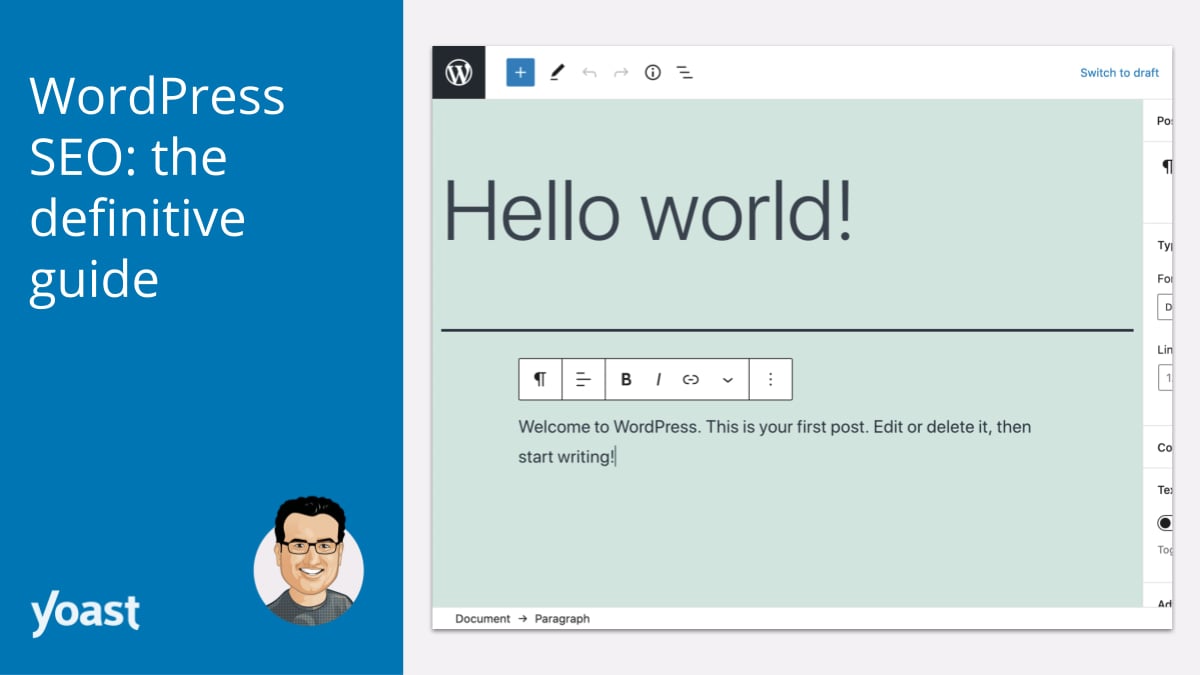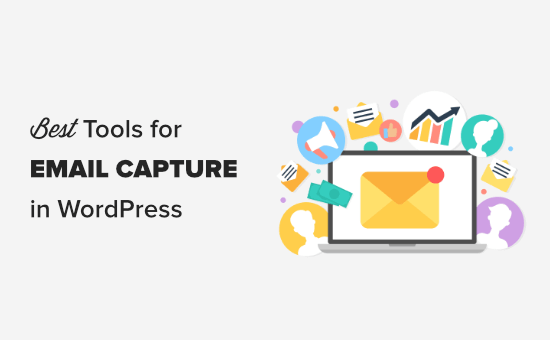In today's episode of the Podcasting Resources Guide, we continue with part 2 of our series on "The Digital Presence Spectrum." This spectrum consists of three stages: Building an Audience, Building Your Platform, and Scaling Your Platform. Today, we'll focus on the importance of owning your platform and avoiding digital sharecropping.
The Risks of Digital Sharecropping

Digital sharecropping refers to building your digital presence on platforms you don't own or control, such as social media or third-party websites. This can expose content creators and businesses to potential issues when these platforms change their rules or algorithms. Let's look at some examples:
- Facebook: In 2018, Facebook made significant changes to its News Feed algorithm, prioritizing content from friends and family over public content from businesses and brands. This led to a massive decrease in organic reach for many content creators.
- YouTube: The "Adpocalypse" in 2017 saw YouTube implementing stricter monetization policies after facing backlash from advertisers. Many content creators lost their ad revenue overnight.
- Twitter: Under Elon Musk's leadership, Twitter has suspended accounts and removed verified status for various reasons. This can result in a significant loss of followers and credibility for content creators.
These examples highlight the risks associated with relying solely on platforms you don't own or control. It's crucial for content creators and businesses to diversify their digital presence by investing in building their own platforms.
Jane's Story: A Cautionary Tale

Let's take a closer look at Jane Smith (a pseudonym), a content creator who built her digital presence solely on Twitter, or “X” as it is now called. When policy changes were introduced by Elon Musk, her account took a significant hit. Her reach and engagement dropped drastically, threatening her livelihood.
To overcome this challenge, Jane had to quickly explore other platforms like Instagram and TikTok to reach a wider audience. She also started diversifying her digital presence by creating content for other platforms and investing in building her own website.
"Adapting to changes in the digital landscape is crucial for content creators like Jane Smith. When her Twitter account suffered, she didn't give up; instead, she explored new platforms and diversified her digital presence to protect her livelihood."
Jane's story serves as a cautionary tale, emphasizing the importance of owning and controlling your platform. By diversifying their digital presence and investing in their own platforms, content creators can avoid the pitfalls of digital sharecropping.
Taking Control: Building Your Platform

Now that we understand the risks of digital sharecropping, let's talk about how to build a platform that you actually own. Here are three essential steps:
1. Purchase a Domain Name
Claim your own corner of the digital universe by purchasing a domain name. This gives you control over your brand and provides permanence in the ever-changing online landscape. Without a domain name, your brand is like an uninvited guest at someone else's party.
Are you tired of being at the mercy of social media platforms? Learn how to avoid digital sharecropping and build your own platform with these tips!
Why is a Domain Name Important?
- Having your own domain gives you control over your brand and content.
- You're at the mercy of platform rules, algorithms, or potential shutdowns.
- With a domain name, you are in control and set the rules for your podcast.
Connect Your Custom Domain
- If you use website builders like Podpage or rely on your podcast host's website, connect your custom domain.
- This setup helps build SEO rank for your domain rather than relying on others'.
AI-Assisted Domain Search Tools
Check out our recently added AI-assisted domain search tools on the Podcasting Resources Guide.
These tools can help you find an SEO-friendly domain name that ranks high in search results and drives organic traffic to your website.
2. Choose the Right Platform
When you hear the term "building your platform", your mind might instantly picture a website. However, we believe it's time to broaden that perspective. We view a "platform" as a dynamic fusion of where you have a public presence. It's not just about the web, but also about thriving content hubs such as Medium and establishing a robust social media footprint. And it's also about also about being a guest on other podcasts, or being featured on TV or news media.
Think of it as a strategy that embraces all these elements, not one over the other.
But for this particular discussion, we're going to focus on the traditional interpretation of the term. So let's dive into the art of crafting a compelling website.
Advantages of Using WordPress for Your Website
WordPress is a powerful platform that offers several advantages for creating and managing your website. Here are some key benefits:
- Full Control Over Content
With WordPress, you have complete control over your website's content. You can easily create, edit, and organize pages, blog posts, images, and other media elements. - Customization Options
WordPress provides a wide range of themes and plugins that allow you to customize the design and functionality of your website. You can choose from thousands of free and premium themes to create a unique look for your site. - User-Friendly Interface
The user interface of WordPress is intuitive and user-friendly, making it easy for beginners to get started with building their websites. You don't need any coding knowledge to create or manage your site on WordPress. - SEO-Friendly
WordPress is built with search engine optimization (SEO) in mind. It offers various SEO plugins and features that help improve your website's visibility in search engine results. - Mobile Responsive
Most WordPress themes are mobile responsive by default, ensuring that your website looks great on all devices, including smartphones and tablets. - Scalability
Whether you're starting a small blog or running a large e-commerce store, WordPress can handle websites of all sizes. It's highly scalable and can accommodate the growth of your business without any issues. - Community Support
As mentioned earlier, WordPress has a large community of developers who actively contribute to its development and improvement. This means you'll always have access to support forums, documentation, tutorials, and updates to keep your site running smoothly. - Regular Updates & Security
The team behind WordPress releases regular updates to fix bugs, introduce new features, and enhance security measures against potential vulnerabilities.
By choosing WordPress as your platform for creating websites or blogs, you gain full control over content, customization options, a user-friendly interface,
SEO-friendliness, mobile responsiveness, scalability, community support,
and regular updates and security.
3. Embrace SEO-Friendly Practices
Optimize your platform for search engines by utilizing SEO-friendly practices. WordPress comes with built-in features to improve search engine rankings, and there are various SEO plugins available to further enhance your website's visibility.
By following these steps and taking control of your brand and content, you can build a platform that withstands changes in social media algorithms or policies.
Remember, it's important to diversify your digital presence beyond just one platform or social media channel. Explore other avenues such as Medium, guest appearances on podcasts, or being featured in news media to expand your reach.
To learn more about picking an SEO-friendly domain name or explore case studies on driving organic traffic to your website, here are some additional resources:
Migrating Content from Third-Party Platforms

If you've been publishing your content on platforms like Medium or social media, it's time to bring it home. By migrating your content to your own website, you retain complete control over it. Plus, it helps generate SEO value that can benefit your website in the long run.
Bring Your Content Home and Let It Flourish
Don't let your captivating Facebook posts, YouTube videos, or Tik-Tok clips merely linger on these platforms. Transform them into compelling blog posts on your own domain. This way, you can maximize the reach of your content and ensure its longevity.
Remember, migrating content from third-party platforms not only gives you more control but also provides an opportunity to repurpose and expand upon existing ideas. So why hesitate? Start bringing your valuable content home today!
Building Your Platform Means Diversifying Your Content Distribution
While having your own platform is essential, it's also important to diversify your content distribution. Don't limit yourself to just one channel. Maintain a presence on social media, content hubs like Medium, and other content distribution channels.
Start with Your Blog
At this point in the digital presence journey, you should change your approach. Instead of starting by writing and posting articles on Medium, create content exclusively for your blog. This allows you to establish your website as the heart of your digital presence.
Repurpose and Share
Once you have created valuable content for your blog, you can then repurpose it for other platforms such as Medium or social media. Change podcast episodes into detailed, SEO-friendly show notes that can be shared across various channels.
Casting a Wider Net
By spreading your content far and wide through multiple channels, you are able to reach a wider audience and drive traffic back to your website. Think of it as casting a wider net to catch more fish.
Remember: while diversifying is important, always make sure that your website remains the central hub of your digital presence.
Last but Not Least, Create an Email List
Building an email list keeps you directly connected with your audience and ensures you have control over your relationship with them. With an email list, you can communicate directly, share exclusive content, and keep your audience engaged. This becomes particularly valuable if social media platforms change their algorithms or policies. So don't underestimate the power of email marketing in maintaining a strong and loyal audience.
WordPress easily provides lots of ways to capture emails and sends them to your favorite email platform like MailChimp or Active Campaign.
Building Your Platform Episode Summary
In conclusion, transitioning from building an audience to building your platform is a crucial step in cultivating and expanding your digital influence. By avoiding digital sharecropping and investing in your own platforms, you can protect your digital presence and ensure future success.
Stay tuned for upcoming articles and episodes where we'll dive into the nitty-gritty details of platform scaling and development. There's a lot of valuable information coming your way!
Follow @Polymash on Medium:
*Note: The content provided in this blog post is based on the Podcasting Resources Guide podcast episode "Transitioning from Building an Audience to Building Your Platform."







